
In 1910 Howland Wood published an article in The Numismatist entitled ‘The Canadian Blacksmith Coppers.’ Blacksmith Coppers are contemporary counterfeits of evasion tokens, produced from the early 19th century until about the 1840’s.
Comedic in their own right, the Blacksmith coppers were actually counterfeits of British-made private coppers – near counterfeits themselves with meaningless legends – struck so as to avoid counterfeiting laws on both sides of the Atlantic.
What makes the Blacksmith series so unique is that the designs are extremely crude, with the dies purposefully [and some argue so slovenly and amateurishly] cut so that the resultant strikes would appear very worn from use.
Because of the porous borders of Canadian borders at the time, and the legality of circulating coinage originating outside of the U.S., these coppers circulated at and around the Northeastern United States and of course, in Canada. Many specimens have been unearthed in the states of Vermont and Maine.
Pursuant to Mr. Wood’s research, the first of series of Blacksmith tokens were struck around 1825, and subsequent iterations and strikes extended for about two decades thereafter.
The name of these coppers, Blacksmiths, was attained from a story about a Blacksmith of the era who lived in Montreal, who, whenever he had a desire to go on a drinking spree, would stop off at his workshop on his way and strike 2-3 dollars worth of coppers before heading to his local tavern.

Wood identified 46 varieties in his article, albeit many of those identified were not substantiated definitively as being Blacksmiths. Pursuant to the documentation that I have on hand, an additional 47th Blacksmith copper has since been identified. Other varieties may exist unknown to myself at this present time. Additional research into these coppers is ongoing.
The three specimens pictured below were all photographed using axial lighting. The first specimen is a Wood-1 / BL-1. The second two specimens are Wood-33 / BL-37.
Surprisingly, the specimens are at or about FINE grade. Such a grade illustrates just how rudely fashioned these coppers actually were!
Aaron Packard ![]()
Notes and Sources
-
‘The Canadian Blacksmith Coppers,’ The Numismatist, Howland Wood, 1910
- Canadian Colonial Tokens, 8th Edition, W.K. Cross, The Charlton Press, ©2012, pgs.206-238
- New York’s Crystal Palace & The H.B. West Tokens - November 6, 2019
- Edward Aschermann’s Cigar & Tobacco Tokens - November 2, 2019
- George T. Hussey & His Special Message Tokens - October 30, 2019




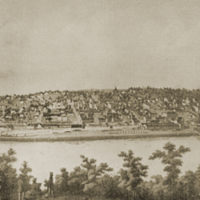
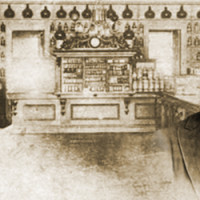
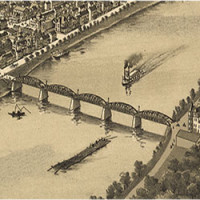
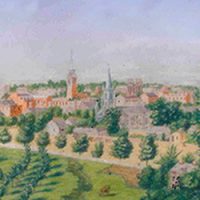

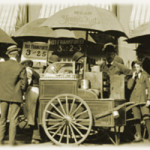
Good writeup of these neglected coppers .